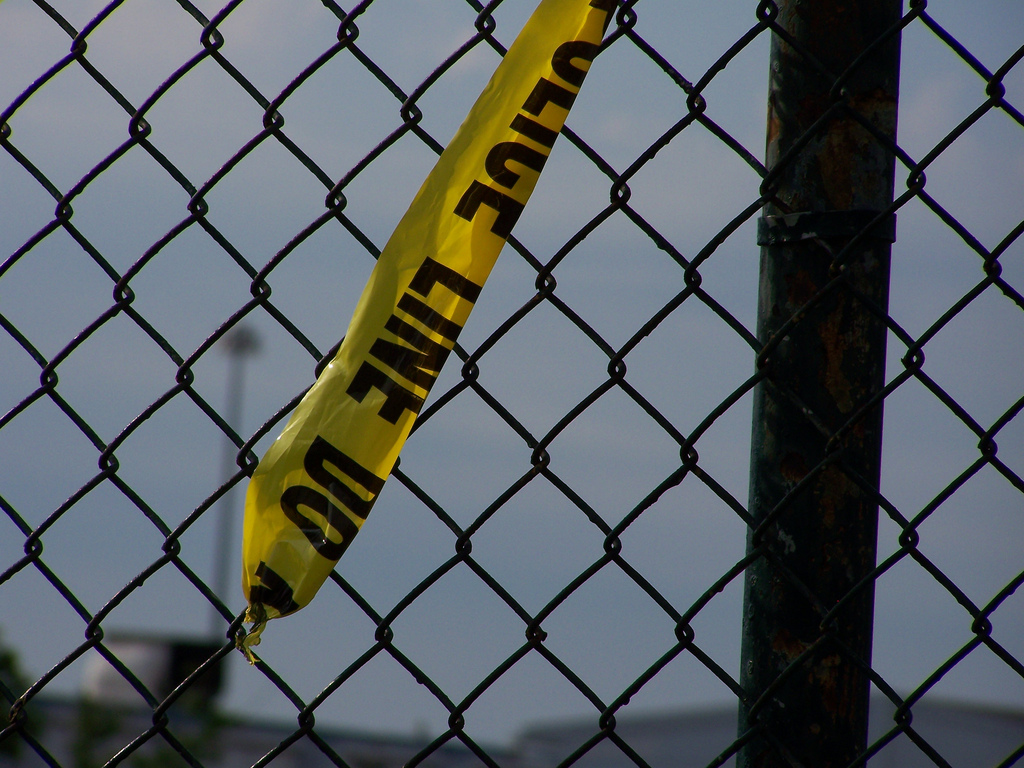The stories contained in the U.S. Department of Justice report on Baltimore’s police department gave the accusations of routine civil rights violations a human face. But an open-government org points out that data backed up the claims.
In case 163 pages is a little too much to digest, the Sunlight Foundation has a look at how the feds used data in their investigation. It shows how data shaped the narrative. Using publicly available police data helped the DOJ show that the violations were “not a case of ‘a few bad apples,’ but was instead a systemic problem requiring comprehensive reform.”
Read the full story
From location to contraband, the Sunlight Foundation points out lots of interesting ways the DOJ used data in the report. One of the revelations of the investigation was that police keep incomplete data. In one case, the DOJ manually coded 14,000 reports on police interactions with the public to complete the picture of data on police stops.
“While the failures to maintain data are less viscerally upsetting than the accounts of abusive police practice, the two things are related,” the Sunlight Foundation’s Emily Shaw writes. “Without a way to accurately track and evaluate police practice, it is impossible for supervisors to address problems with the people who are responsible for them.”
As the feds work out a reform agreement with the city, it’ll be interesting to see if changes are also made to the department’s data policies. Police already implemented a new document management system.
Police data played a big role in DOJ’s damning Baltimore report







